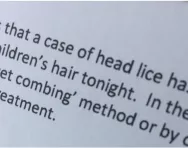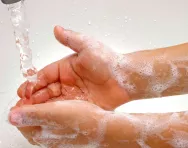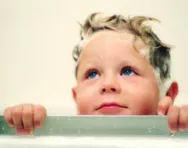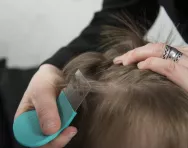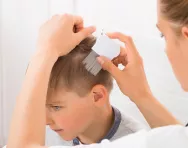TheSchoolRun.com closure date
As we informed you a few months ago, TheSchoolRun has had to make the difficult decision to close due to financial pressures and the company has now ceased trading. We had hoped to keep our content available through a partnership with another educational provider, but this provider has since withdrawn from the agreement.
As a result, we now have to permanently close TheSchoolRun.com. However, to give subscribers time to download any content they’d like to keep, we will keep the website open until 31st July 2025. After this date, the site will be taken down and there will be no further access to any resources. We strongly encourage you to download and save any resources you think you may want to use in the future.
In particular, we suggest downloading:
- Learning packs
- All the worksheets from the 11+ programme, if you are following this with your child
- Complete Learning Journey programmes (the packs below include all 40 worksheets for each programme)
You should already have received 16 primary school eBooks (worth £108.84) to download and keep. If you haven’t received these, please contact us at [email protected] before 31st July 2025, and we will send them to you.
We are very sorry that there is no way to continue offering access to resources and sincerely apologise for the inconvenience caused.
Beating headlice: the facts and the fiction
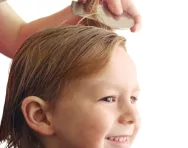
New research reveals that 68 percent of British families with children of school age have had to deal with a headlice infection. Of these, three quarters have had to cope with at least one re-infection and one in five families have had ‘nits' up to five times!


Start a unique learning programme!
- Weekly programme for each school year
- Worksheets sent direct to your inbox
- Keeps your child's learning on track
Parents can become desperate in their attempts to get rid of headlice but extreme measures aren't necessary. Tackling nits and head lice is easy once you know how.
Headlice – the facts
- Headlice are tiny wingless insects, a bit bigger than a pin head. They live on the scalp and feed by sucking blood every two to three hours.
- Headlice cannot survive for more than a day or two away from a host.
- Each female lays 150-300 eggs in her lifetime. The eggs are firmly cemented to the hair shaft, and their distance from the scalp indicates how long ago the eggs were laid.
- Headlice are the most common parasites in children.
- 'Nits' are the empty shells of eggs after the louse has hatched – but the term is often used for headlice too.
- Lice can appear at any time – keep a treatment in your bathroom cabinet just in case!
- Headlice can't jump or fly – they can only be passed on by direct, head-to-head contact.
- Headlice are not seriously harmful but their bites can cause intense itching, and if children scratch their heads, they can break the skin, which can then become infected.
- Insecticide-resistance is common (in 50-70 percent of head lice cases). Ask your health visitor or GP for information on local patterns of resistance.
Headlice – the fiction
- It’s not true that lice always make your head itch. Only 14-19 percent of infected children complain of itching.
- You might be told you should treat every member in the family just in case – that’s not true. Only treat family members with evidence of live lice.
- Don’t buy into the fiction that you can get rid of headlice by using mayonnaise, beer, vinegar, butter, garlic (capsules), hair dye, detergent, lamp oil, dog shampoo, washing-up liquid, mouthwash or peanut butter. Use products that have been scientifically proved to work!
